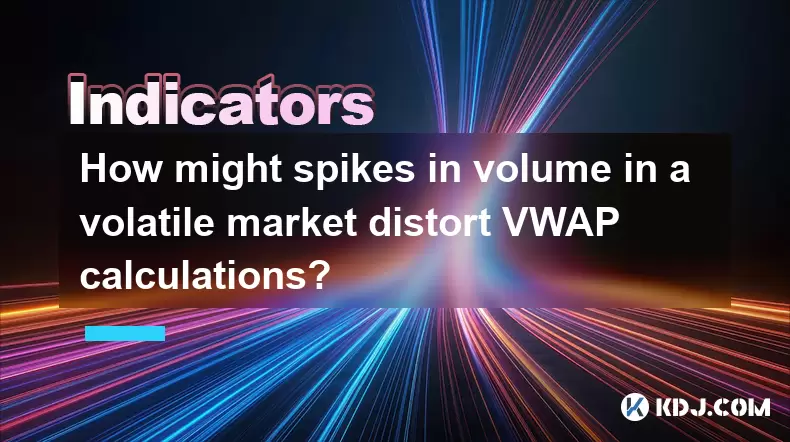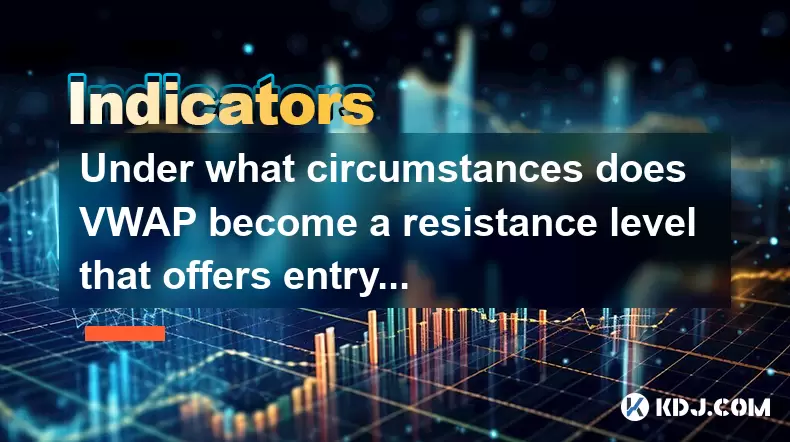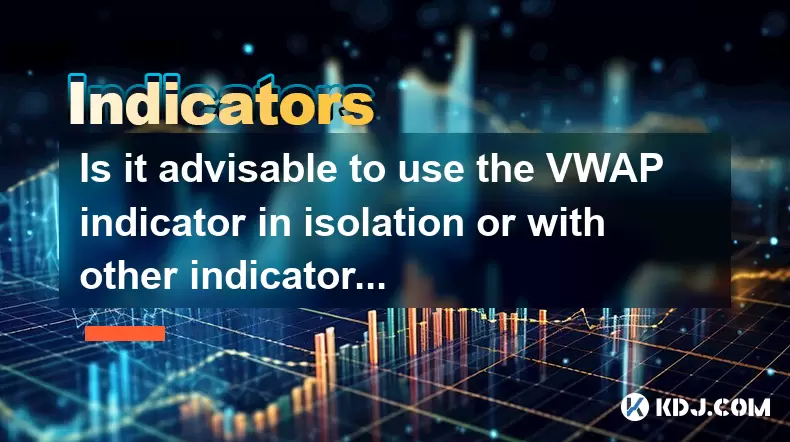-
 Bitcoin
Bitcoin $117700
-0.03% -
 Ethereum
Ethereum $3805
0.49% -
 XRP
XRP $3.098
-1.00% -
 Tether USDt
Tether USDt $1.000
0.03% -
 BNB
BNB $792.8
-1.72% -
 Solana
Solana $177.9
-1.95% -
 USDC
USDC $1.000
0.02% -
 Dogecoin
Dogecoin $0.2202
-1.55% -
 TRON
TRON $0.3278
-2.92% -
 Cardano
Cardano $0.7641
-2.43% -
 Hyperliquid
Hyperliquid $42.21
-2.68% -
 Sui
Sui $3.758
-1.58% -
 Stellar
Stellar $0.4080
-3.21% -
 Chainlink
Chainlink $17.75
-0.33% -
 Bitcoin Cash
Bitcoin Cash $591.8
4.96% -
 Hedera
Hedera $0.2561
-3.09% -
 Avalanche
Avalanche $23.34
-4.24% -
 Litecoin
Litecoin $110.7
1.96% -
 UNUS SED LEO
UNUS SED LEO $8.956
-0.01% -
 Toncoin
Toncoin $3.410
0.79% -
 Ethena USDe
Ethena USDe $1.001
0.03% -
 Shiba Inu
Shiba Inu $0.00001288
-1.82% -
 Uniswap
Uniswap $10.07
-2.06% -
 Polkadot
Polkadot $3.807
-2.27% -
 Monero
Monero $308.2
-2.15% -
 Dai
Dai $1.000
0.03% -
 Bitget Token
Bitget Token $4.521
-0.30% -
 Pepe
Pepe $0.00001134
-1.52% -
 Cronos
Cronos $0.1457
0.65% -
 Aave
Aave $274.9
-2.47%
What is the relationship between EMA and price momentum?
The EMA highlights cryptocurrency price momentum by giving more weight to recent data, helping traders spot trends and reversals faster than with SMA.
Jul 30, 2025 at 04:07 pm

Understanding EMA in Cryptocurrency Trading
The Exponential Moving Average (EMA) is a widely used technical indicator in the cryptocurrency trading community. Unlike the Simple Moving Average (SMA), which assigns equal weight to all data points, the EMA gives greater weight to recent price data, making it more responsive to new information. This responsiveness is crucial in the fast-moving crypto markets, where prices can shift dramatically within minutes. Traders rely on EMA to smooth out price data over a specified period, helping them identify trends more effectively. For example, a 9-day EMA will react faster to price changes than a 50-day EMA, making it ideal for short-term strategies.
The calculation of EMA involves three components: the previous EMA value, the current closing price, and a smoothing factor. The formula is:
EMA = (Close - Previous EMA) × Multiplier + Previous EMA
The multiplier is derived from the chosen period, typically calculated as 2 / (N + 1), where N is the number of periods. This ensures that recent price movements have a stronger influence on the moving average line plotted on the chart.
Price Momentum and Its Significance
Price momentum refers to the speed or velocity at which the price of a cryptocurrency changes over time. High momentum indicates strong buying or selling pressure, often preceding a continuation of the trend. In contrast, weakening momentum may signal a potential reversal. Momentum is not just about direction; it's about the strength behind the movement. For instance, if Bitcoin rises $1,000 in a week with heavy volume, that reflects strong upward momentum. If it climbs the same amount over a month with low volume, the momentum is weaker.
Traders measure momentum using various oscillators such as the Relative Strength Index (RSI) or Moving Average Convergence Divergence (MACD), but EMA serves as a foundational tool for visualizing momentum through trend direction and slope. When the price consistently trades above a key EMA, such as the 20-day or 50-day, it suggests bullish momentum. Conversely, trading below these EMAs often indicates bearish momentum.
How EMA Reflects Momentum Changes
The slope and position of the EMA line relative to price action offer real-time insights into momentum shifts. A steeply rising EMA suggests accelerating upward momentum, while a flattening EMA may indicate momentum is stalling. When the EMA begins to turn downward after a prolonged uptrend, it often signals that downward momentum is building.
Consider this scenario: Ethereum’s price has been rising, and the 12-day EMA is trending upward. If the price starts to consolidate and the EMA slope begins to flatten, it means recent price changes are no longer reinforcing the uptrend. This could be an early warning of momentum exhaustion. Traders watch for crossovers, such as the price crossing below the EMA, which may confirm a shift in momentum from bullish to bearish.
Another key signal is the EMA crossover strategy. When a short-term EMA (e.g., 9-day) crosses above a long-term EMA (e.g., 21-day), it’s known as a “golden cross” and is interpreted as a sign of strengthening upward momentum. Conversely, a “death cross” occurs when the short-term EMA crosses below the long-term EMA, signaling increasing downward momentum.
Practical Steps to Use EMA for Momentum Analysis
To apply EMA effectively for momentum analysis in cryptocurrency trading, follow these steps:
- Open a trading platform such as TradingView or Binance and load a price chart for the cryptocurrency of interest (e.g., Bitcoin, Solana).
- Click on the “Indicators” button and search for “Exponential Moving Average.”
- Add two EMAs: one short-term (e.g., 9-period EMA) and one medium-term (e.g., 21-period EMA).
- Observe the relationship between the price and the EMAs. If the price is above both EMAs and the 9 EMA is above the 21 EMA, upward momentum is likely strong.
- Watch for crossovers: if the 9 EMA crosses below the 21 EMA while the price is declining, this reinforces bearish momentum.
- Adjust the EMA periods based on your trading style. Day traders may use 5 and 13 EMAs, while swing traders might prefer 20 and 50.
It’s essential to combine EMA with volume analysis. A crossover accompanied by high trading volume adds credibility to the momentum signal. For example, if Bitcoin’s price crosses above the 50-day EMA on significantly higher volume than average, it suggests strong buyer conviction and sustained upward momentum.
Limitations and Contextual Considerations
While EMA is a powerful tool, it is not infallible. In highly volatile crypto markets, false signals can occur. For example, a sharp but short-lived pump in a low-cap altcoin might trigger a bullish EMA crossover, only for the price to reverse quickly. This is known as a “whipsaw” and can lead to losses if traders act on EMA signals alone.
Market context matters. During sideways or range-bound markets, EMAs may crisscross frequently without clear directional momentum. In such cases, relying solely on EMA can be misleading. It’s advisable to use EMA in conjunction with other tools like support/resistance levels, volume profiles, or on-chain metrics to validate momentum.
Moreover, different cryptocurrencies exhibit varying volatility. Bitcoin’s EMA behavior may be more reliable due to its liquidity, whereas smaller altcoins might generate erratic EMA signals. Always assess the trading volume and market cap of the asset before interpreting EMA-based momentum.
Combining EMA with Momentum Oscillators
To enhance the accuracy of momentum detection, traders often pair EMA with momentum oscillators. For instance:
- Apply the MACD indicator, which itself is based on EMAs. The MACD line is the difference between the 12-day and 26-day EMA, while the signal line is a 9-day EMA of the MACD line. When MACD crosses above its signal line and both are above zero, it confirms positive momentum aligned with EMA trends.
- Use RSI (Relative Strength Index) to check for overbought or oversold conditions. If the price is above the 20-day EMA and RSI is above 70, momentum may be overextended, suggesting a potential pullback.
- Monitor price-EMA distance. If the price moves too far above the EMA, it may be overextended, even if momentum appears strong. This is known as “stretched” momentum and can precede a correction.
By layering these tools, traders gain a multidimensional view of momentum, reducing reliance on any single indicator.
Frequently Asked Questions
Q: Can EMA alone determine the strength of price momentum?
No, EMA provides directional insight and trend confirmation but does not quantify momentum strength. It should be used alongside volume data or momentum oscillators like RSI or MACD to assess the intensity of price movement.
Q: What EMA periods are best for detecting short-term momentum in crypto?
The 9-period and 13-period EMAs are commonly used for short-term momentum tracking. These react quickly to price changes, making them suitable for day trading or scalping strategies on 5-minute or 1-hour charts.
Q: How does EMA differ from SMA in momentum analysis?
EMA places more weight on recent prices, making it more sensitive to new momentum shifts. SMA treats all periods equally, which can delay its response to sudden price changes, making it less effective for timely momentum detection in volatile crypto markets.
Q: Does a rising EMA always indicate positive momentum?
Not necessarily. A rising EMA indicates an uptrend, but momentum could be weakening if the slope is flattening or if price action shows lower highs despite the EMA rising. Always assess the rate of change in the EMA and confirm with price behavior.
Disclaimer:info@kdj.com
The information provided is not trading advice. kdj.com does not assume any responsibility for any investments made based on the information provided in this article. Cryptocurrencies are highly volatile and it is highly recommended that you invest with caution after thorough research!
If you believe that the content used on this website infringes your copyright, please contact us immediately (info@kdj.com) and we will delete it promptly.
- LYNO Token Presale: AI Arbitrage Revolution in DeFi
- 2025-07-31 05:11:11
- Pepecoin Successors: Can These Cryptocurrencies Make You a Millionaire?
- 2025-07-31 05:50:12
- AML Bitcoin Fraud: Cracking Down on Crypto Crime in the Big Apple and Beyond
- 2025-07-31 04:33:53
- Cardano (ADA) in 2025: Navigating Crypto's Future
- 2025-07-31 03:52:07
- Solana Meme Coin Price Prediction: Will the Frog Outleap the Dog?
- 2025-07-31 03:52:07
- Bitcoin's Bullish Outlook: CryptoQuant's Insights on Futures Market Cooling
- 2025-07-31 03:59:10
Related knowledge

How to use the AVL indicator with MACD for better signals?
Jul 31,2025 at 09:22am
Understanding the AVL Indicator and Its Role in Cryptocurrency TradingThe AVL indicator, also known as the Accumulation Volume Line, is a volume-based...

How to identify sell signals with the AVL indicator?
Jul 31,2025 at 07:09am
Understanding the AVL Indicator and Its Core ComponentsThe AVL indicator, also known as the Accumulation Volume Line, is a volume-based technical anal...

How does the VWAP line help in identifying overbought and oversold market conditions?
Jul 31,2025 at 05:19am
Understanding the VWAP Line and Its Role in Technical AnalysisThe Volume Weighted Average Price (VWAP) is a critical tool used by traders within the c...

How might spikes in volume in a volatile market distort VWAP calculations?
Jul 31,2025 at 07:40am
Understanding VWAP and Its Core ComponentsVWAP, or Volume-Weighted Average Price, is a trading benchmark that gives the average price a cryptocurrency...

Under what circumstances does VWAP become a resistance level that offers entry opportunities?
Jul 31,2025 at 08:57am
Understanding the Basics of Staking in CryptocurrencyStaking is a process used in proof-of-stake (PoS) blockchain networks to validate transactions an...

Is it advisable to use the VWAP indicator in isolation or with other indicators?
Jul 31,2025 at 06:48am
Understanding the VWAP Indicator and Its Core FunctionalityThe Volume Weighted Average Price (VWAP) is a widely used technical analysis tool in the cr...

How to use the AVL indicator with MACD for better signals?
Jul 31,2025 at 09:22am
Understanding the AVL Indicator and Its Role in Cryptocurrency TradingThe AVL indicator, also known as the Accumulation Volume Line, is a volume-based...

How to identify sell signals with the AVL indicator?
Jul 31,2025 at 07:09am
Understanding the AVL Indicator and Its Core ComponentsThe AVL indicator, also known as the Accumulation Volume Line, is a volume-based technical anal...

How does the VWAP line help in identifying overbought and oversold market conditions?
Jul 31,2025 at 05:19am
Understanding the VWAP Line and Its Role in Technical AnalysisThe Volume Weighted Average Price (VWAP) is a critical tool used by traders within the c...

How might spikes in volume in a volatile market distort VWAP calculations?
Jul 31,2025 at 07:40am
Understanding VWAP and Its Core ComponentsVWAP, or Volume-Weighted Average Price, is a trading benchmark that gives the average price a cryptocurrency...

Under what circumstances does VWAP become a resistance level that offers entry opportunities?
Jul 31,2025 at 08:57am
Understanding the Basics of Staking in CryptocurrencyStaking is a process used in proof-of-stake (PoS) blockchain networks to validate transactions an...

Is it advisable to use the VWAP indicator in isolation or with other indicators?
Jul 31,2025 at 06:48am
Understanding the VWAP Indicator and Its Core FunctionalityThe Volume Weighted Average Price (VWAP) is a widely used technical analysis tool in the cr...
See all articles

























































































